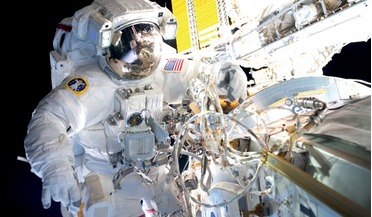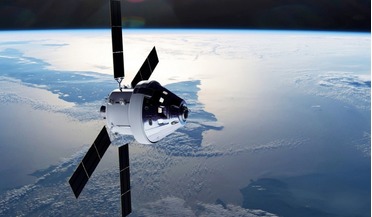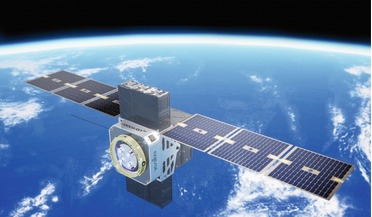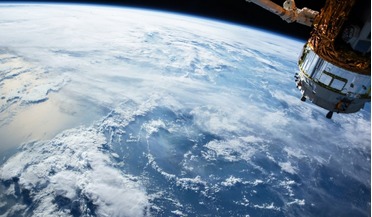 October 2018
Developing wearable technologies for space and Earth
October 2018
Developing wearable technologies for space and Earth
... lightweight, low power and with low processing overhead. Power - battery technology is a significant bottleneck in many space applications. The ability to have long battery lifetime, short charge times and access to solar power or other recharging...
 January 2020
Collaborating to harness space innovation in healthcare
January 2020
Collaborating to harness space innovation in healthcare
... led to the creation of a baby monitoring system to protect against cot deaths. Similarly, microbiological sensors for space applications can be used to detect contamination for better water treatment, and NASA’s handling of hydrogen has paved the...
 February 2020
Europe’s role in space standardisation
February 2020
Europe’s role in space standardisation
... & Safety Department at ESTEC, about the increasingly important topic of space applications and standardisation. How are space applications making our lives better? Space applications have become an essential part of the European infrastructure and...
 August 2020
Battle for the night sky - from telescopes to ad-breaks
August 2020
Battle for the night sky - from telescopes to ad-breaks
... article addresses some of the issues. The first two decades of the twenty-first century have seen space applications increase at a bewildering pace and, due to the decreasing price and relative ease of access, the vast majority...
 June 2022
Space logistics: achieving end-to-end mobility for space
June 2022
Space logistics: achieving end-to-end mobility for space
... this new type of logistics and think ahead to future space systems to increase the reach of space applications even further. As the first cornerstones of this new space industry era, commercial constellations are being deployed at an unprecedented...
 June 2022
Finnish start-up ReOrbit aims to revolutionise space industry
June 2022
Finnish start-up ReOrbit aims to revolutionise space industry
..., especially when it comes to the development of satellites, a problem that will not support the next generation of space applications we seek to achieve in the future. Being equipped with more autonomy, satellites would be able to correct their...